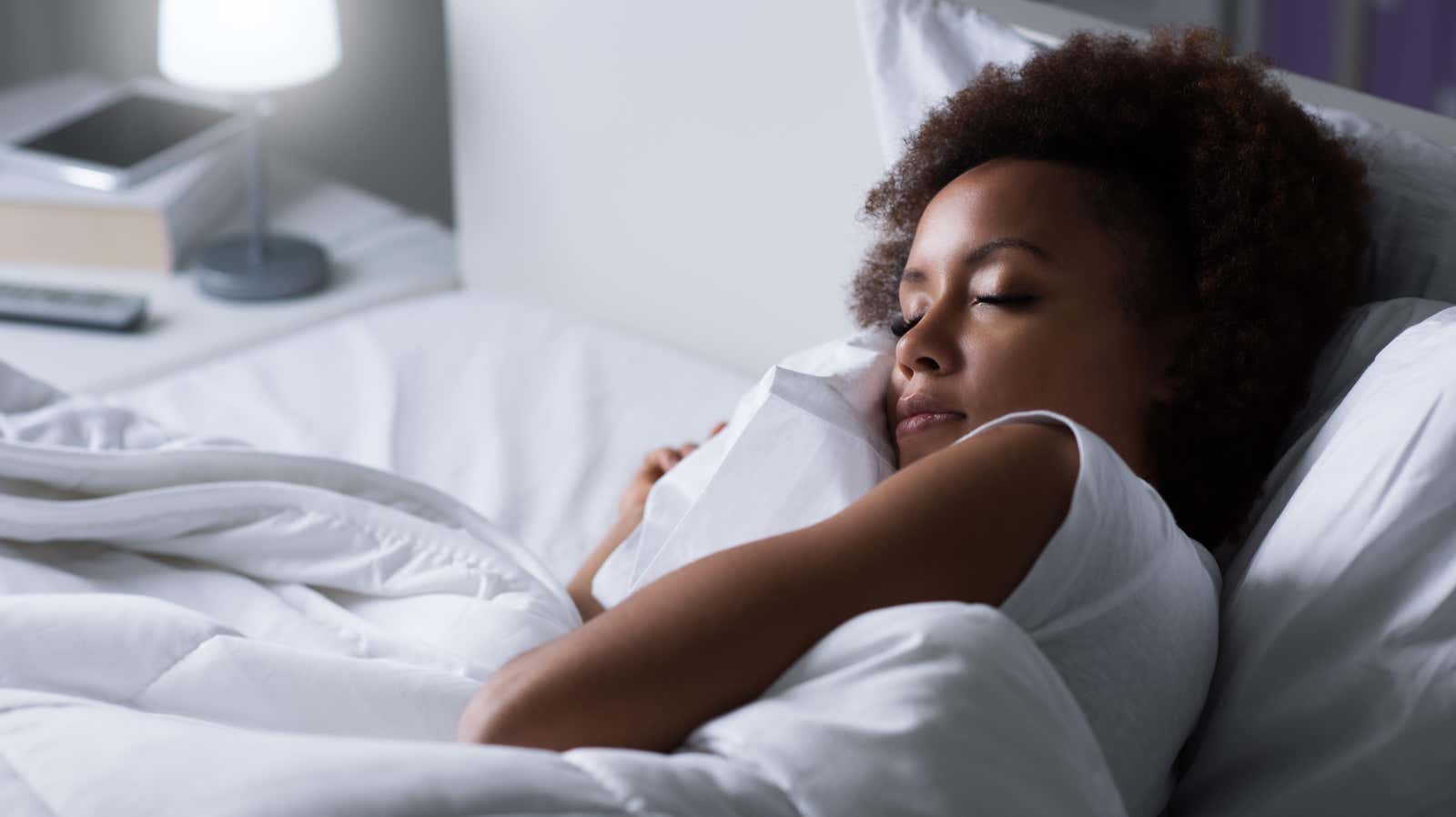Use These Apps and Gadgets to Sleep Better

We know that sleep plays an important role in our well-being and overall health. Unless we switch between time zones or work all night, our body’s internal clock – also known as our circadian rhythm – tells us when to go to bed and wake up in the morning. However, a number of environmental factors can affect your sleep cycle, making it difficult for many of us to maintain stable, quality sleep.
Fortunately, there are several ways to use technology to make the task of falling asleep (and falling asleep) less difficult. Let’s explore the different technologies you can use to try to optimize your sleep and feel well rested every day of the week.
Optimal illumination
Lighting can play a key role in how easy it is to fall asleep, fall asleep, and when you wake up in the morning. The amount of light our bodies are exposed to is the predominant influence of circadian rhythms . For example, a white setting light has benefits for those looking to improve their sleep. Try using white lights to adjust to restore sleep mode.
In addition, there are many types of lights on the market that set the tone of the light depending on the time of day. In other words, when it’s time to wake up in the morning, the light will simulate a sunrise and sunset when it’s time to relax for the night.
Sleep management apps for smartphones
Both the Google Play store and the iOS app store are full of sleep management apps you can try that can tell you the amount (and quality) of sleep you’re getting, or let you listen to white noise or ambient sounds. Many are free to download, with additional in-app purchases available. Here are some of our favorites:
- Sleep Cycle : This standalone sleep cycle tracker uses machine learning algorithms to analyze your sleep and what kind of sleep cycle you are in during the night. It can also detect when you are sleeping and wake you up with an alarm to help you feel less sleepy in the morning.
- Sundial: Circadian Rhythm : This app will sync the solar time with your local time and alert you when the circadian rhythm starts so you know when is the best time to go to bed. A sundial is especially useful for travelers experiencing jet lag.
- Pillow : The Pillow app works with iPhone and Apple Watch to help you better understand your sleep habits. Like Sleep Cycle, Pillow will track when you are in your lightest sleep and wake you up according to that period.
- SleepScore : SleepScore offers advanced detailed sleep analytics and science-based sleep tips to help you reset your circadian rhythm.
- Rise : Rise users can understand their sleep deprivation and their circadian rhythm to learn how to improve their sleep habits. According to the app’s website, over 80% of users experience the benefits of improved sleep within five days of using Rise.
Wearable Sleep Devices
Wearable devices in general are on the rise, especially in healthcare settings. They can be used to monitor a patient remotely to closely monitor certain conditions, and wearable sleep devices can help improve your sleeping habits:
- Headband Muse S: headband Muse S – is a wearable device that helps in sleep and meditation. The headband uses advanced EEG technology to track your brain waves and help you find the best sleeping position. It also has an app that runs on smartphones so you can view your sleep score and collect information about your sleep.
- Cove : This wearable device helps people achieve more restful sleep by modulating an area of the brain that controls emotional responses. Users can also feel the change in stress tolerance and achieve a more relaxed state.
- Dream On Sleep Aid : The DreamOn wearable device is a small device that you wear on your wrist and emits specific stimuli to train your brain to emit theta waves that help you fall asleep. Those who have used DreamOn report sleeping longer and waking up more refreshed.
- QuietOn Headphones : QuietOn headphones use active noise canceling (ANC) and passive noise canceling to provide the ideal silent sleep environment.